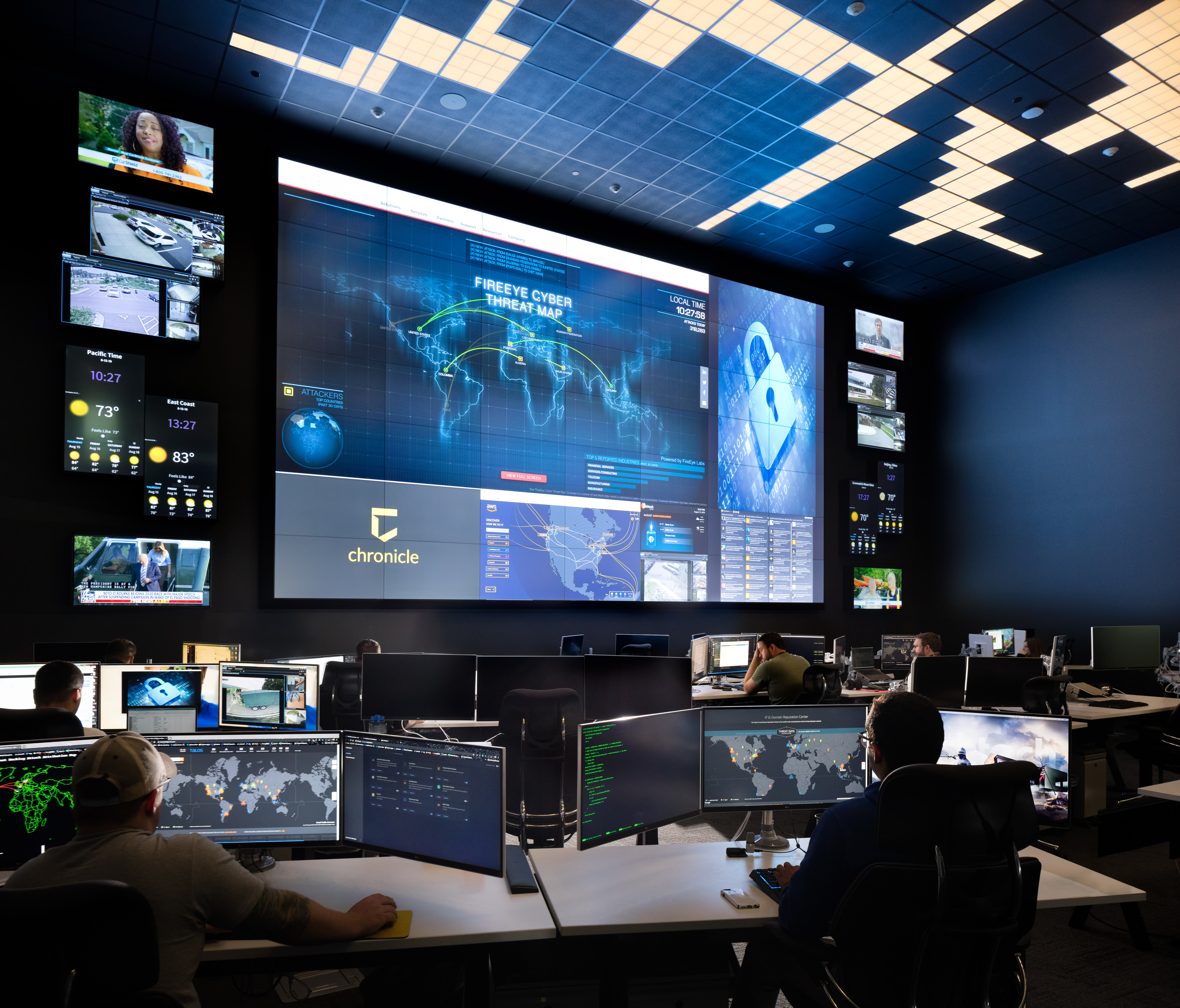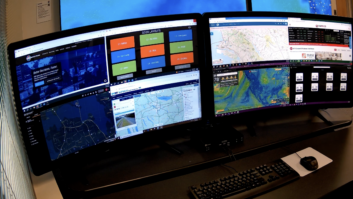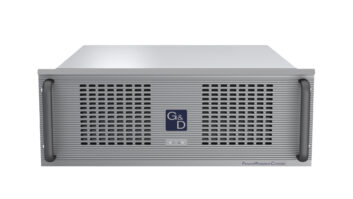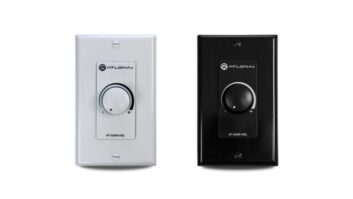Control rooms, once traditionally associated with sectors such as the emergency services, transportation and utilities, have now permeated a wide array of industries. As businesses increasingly operate across dispersed locations, IT control rooms have become critical for managing cyber threats posed by remote workforces. By centralising the monitoring, visualisation, and coordination of security efforts, IT teams can more effectively manage an expanding attack surface and respond to threats with greater speed and collaboration.

Organisations responsible for smart cities represent another emerging sector with significant control room usage. Control rooms serve as the nerve centre for monitoring, managing, and coordinating a wide range of technologies and systems aimed at enhancing urban life. These activities focus on improving the efficiency, safety, and sustainability of city operations. From traffic and public transport management to citizen engagement, environmental monitoring, and energy management, the complexities and interconnectivity of smart city systems are orchestrated from the control room, ensuring the smooth and efficient operation of modern urban environments.
In addition, we are seeing control rooms evolving to facilitate cross-functional collaboration as businesses adapt to a growing reliance on digital infrastructure. Increasingly, they serve as integrated hubs where multiple teams work together, each with distinct but complementary roles. For example, in the utilities sector, a gas distribution control room might include teams responsible for different aspects of operations. One team monitors the distribution network, another team focuses on physical security and the IT team safeguards the digital infrastructure against cyber threats. This setup illustrates how diverse users of control room technology collaborate to ensure the continuous and safe distribution of natural gas, each with unique objectives but a shared goal.
DATA VISUALISATION
AV technology has always played a key role in control rooms, but in recent years, these devices have evolved into IT-integrated appliances designed to enhance data visualisation. Previously, displaying multiple web applications on a video wall required a separate PC for each application. However, advancements by manufacturers like VuWall have streamlined these processes. For example, VuWall’s Application Server is an innovative appliance that facilitates the streaming, sharing, and control of websites, dashboards, and applications across networks, reducing the need for multiple PCs and simplifying control room operations.
Whilst Keyboard, Video, and Mouse (KVM) over IP control has long been a staple in control rooms, its use is growing as compliance requirements become more stringent. KVM technology allows operators to remotely access and manage multiple computers and servers from a single workstation, while the actual PCs and IT applications remain centrally located.
To further improve security and mitigate against insider attacks there is a growing trend to relocate key systems, and access points out of the control room and into a secure, centralised location where they can be closely monitored via video surveillance. While individual workstations may still have some CCTV monitoring, controllers increasingly prefer to minimise this exposure.
Centralising these systems and utilising KVM technology for operator control not only strengthens security but also improves the working environment. By removing equipment from the control room, noise is reduced, and temperature control becomes more manageable, creating a quieter and more comfortable space for operators.
TECH RESHAPE
The integration of IP technology in control rooms is a significant and rapidly evolving trend that is reshaping the industry. IP-based systems offer enhanced flexibility, scalability, and efficiency, making it easier to deliver the right data to the right teams quickly—an essential factor for optimising response times. These systems enable the seamless transmission of diverse data feeds, such as social media, real-time video, CCTV, and body-worn cameras, to video walls and spot monitors, facilitating real-time collaboration and improving situational awareness. Additionally, IP technology supports ultra-high-definition video, enhancing the clarity and detail of video feeds, which is crucial for informed decision-making.
Another major advantage of IP-based technology is its superior interoperability. These solutions often adhere to open standards, allowing different hardware and software systems to integrate seamlessly. This interoperability is vast and continually developing, encompassing unified communication systems, surveillance systems, building management systems, smart sensors, IoT devices, and public safety systems.
IP technology also enhances flexibility in failover and redundancy scenarios; an essential requirement in mission- and business-critical control rooms. IP-based systems make the transition to backup sites smoother, eliminating the complexities associated with traditional matrix setups and physical wiring changes, enabling rapid deployment of failover sites.
FUTURE INTEGRATION
AI’s role is expanding across sectors, and control rooms are no exception. Whilst AI is not yet playing a dominant role from an AV perspective, it is becoming more prominent in backend monitoring systems, such as those used to detect crime or system faults. However, what we’re increasingly seeing is the integration of AV technology with these AI-driven monitoring systems. This interoperability is crucial as we move forward.
Take access control and security breaches, for example. AI might be used in monitoring platforms to detect potential intrusions, such as a secure door being forced open. While this process is independent of AV, the integration with AV systems becomes vital once an alert is raised. This integration allows CCTV footage to be automatically displayed on video walls for operator analysis.
Looking to the future, as AI continues to evolve, we may see deeper integration between monitoring platforms and AV technology. For instance, in the event of a major incident, separate control centres for police, fire, and ambulance services could be coordinated more effectively. AI might detect a significant event via CCTV, cross-reference it with news feeds and social media, and determine the need for action. If necessary, the AI could then integrate with AV systems to initiate an immediate conference call, bringing all control rooms together to assess and respond to the situation. As AI technology continues to develop, we can expect even more seamless interoperability between these systems, ultimately supporting more efficient and collaborative emergency response efforts.







